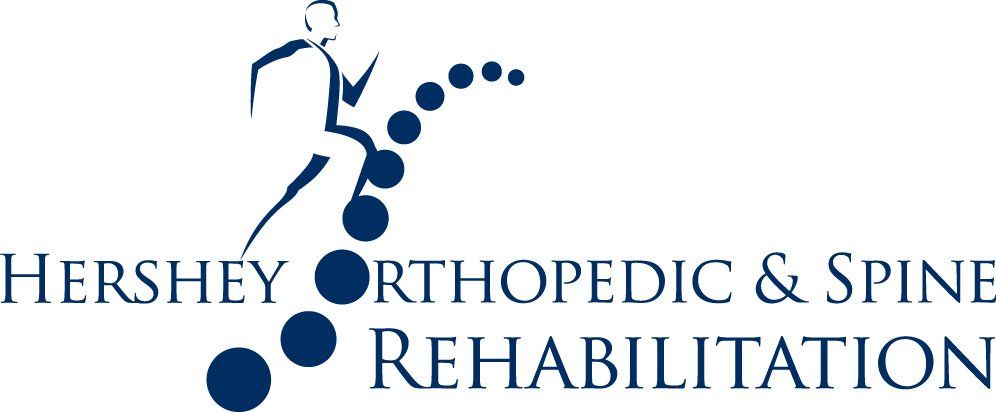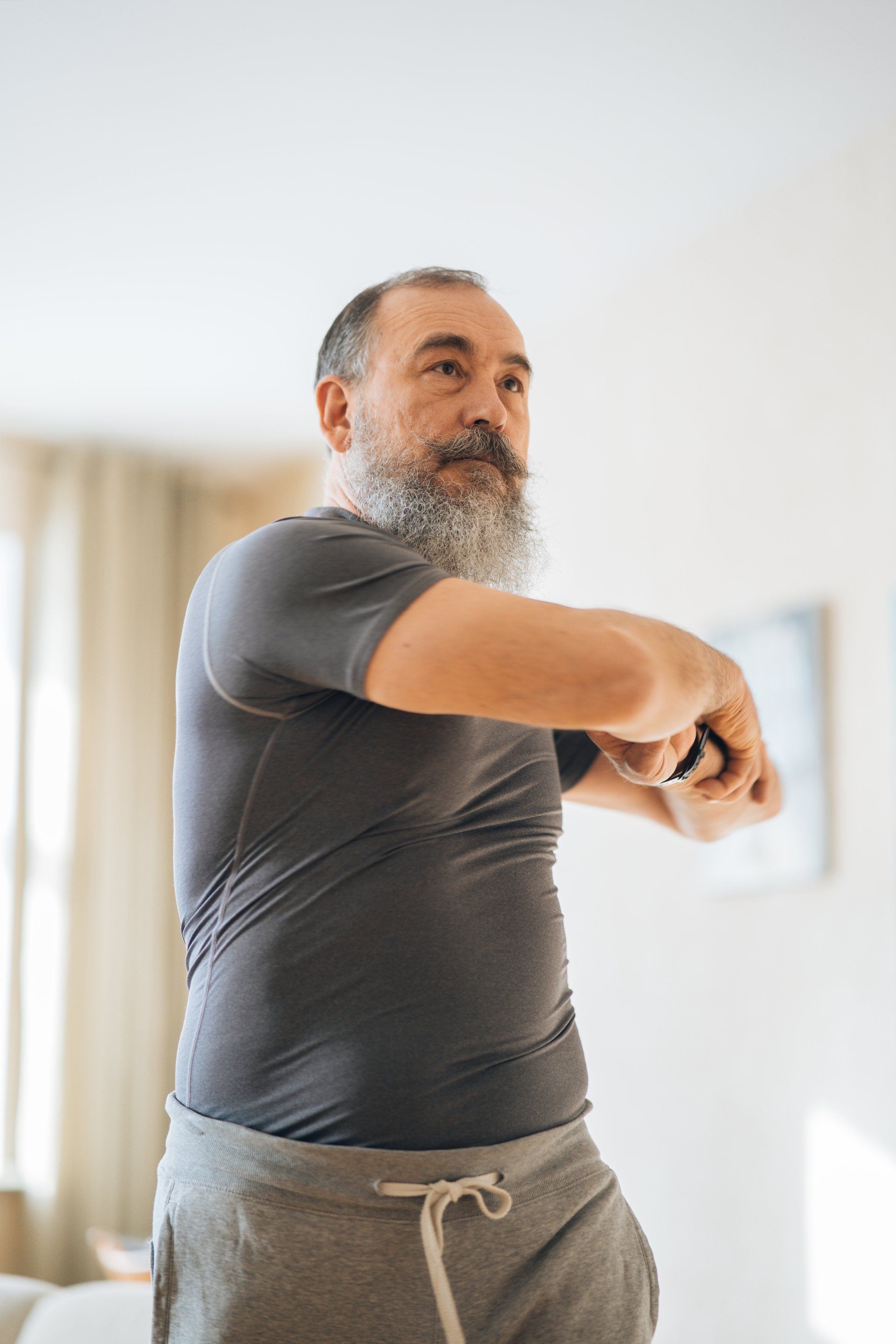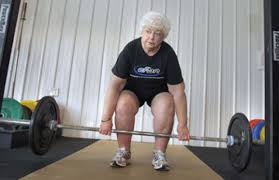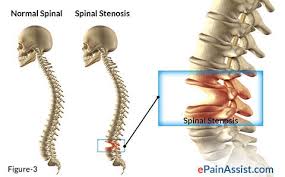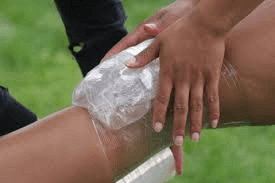Treating Knee Osteoarthritis with Physical Therapy
Website Team • March 13, 2020

Osteoarthritis is a chronic condition that may develop due to damaged cartilage in the joints. It is the most common form of arthritis. Additional types of arthritis can lead to damage of the internal organs, but osteoarthritis only affects the joints in the body. Adults who are 60 years of age or older are most susceptible to this condition. The presence of osteoarthritis in younger individuals is usually linked to a joint injury. Previous injuries have also been shown to increase the risk of developing osteoarthritis.
Osteoarthritis of the knee is the most frequent cause of pain, mobility problems, and disability in this particular joint. There are a number of symptoms associated with knee osteoarthritis that include: joint stiffness, chronic pain, inflammation, swelling, and reduced flexibility. For some people, the symptoms may be periodic, but in most cases, the pain and discomfort gradually worsens as time progresses. In order to gain a better understanding of why this condition develops, it is important to understand the structure of the knee.
The knee is made up of three main bones that are connected by smooth, articular cartilage as well as an extra layer of cartilage called the meniscus, which functions as a shock absorber. This soft, flexible cartilage helps ensure that the knee can move easily and prevents bones in the knee from becoming damaged by rubbing together. A protective fluid called synovial fluid also supports the health of the knee by lubricating the joint.
As individuals get older, wear and tear may lead to damaged cartilage, but serious injuries or blunt force trauma may damage cartilage tissue as well. Risk factors such as being overweight, regularly engaging in sports or jobs that place excessive stress on the knee joint, having underdeveloped joints, and the growth of abnormal joint cartilage due to genetic defects also increase the incidence of osteoarthritis. The loss, thinning, or tearing of cartilage allows bones to rub against one another during movement, resulting in intense pain, inflammation, and a decreased range of motion. Pieces of torn cartilage tissue may even travel into the synovial fluid and this can lead to increased swelling or inflammation. If knee osteoarthritis is suspected, a doctor may obtain images from an x-ray or an MRI in order to recommend the right treatment options, which in most cases includes physical therapy.
Why Physical Therapy Helps
Physical therapy is a well-known approach for knee osteoarthritis. When treating an individual with osteoarthritis of the knee, therapists will initially conduct a comprehensive assessment that provides a better understanding of how a client’s daily routine, lifestyle, job, posture, etc., may be contributing to the development or progression of their condition. This assessment allows the therapist to design a therapeutic plan that targets the client’s specific needs, and research even shows that physical therapy shortens the recovery period, reduces the occurrence of further injuries, and helps delay the progression of osteoarthritis.
The actual physical therapy regimen may include strength training and stretching exercises that can be performed regularly. Strength training supports the integrity of cartilage in the knee and in doing so, prevents cartilage damage from worsening. Stretching exercises enhance blood flow and nutrient transport to the knee joint. This targets inflammation, promotes the repair of cartilage tissue, enhances mobility, and lessens stiffness. However, the key to experiencing the benefits of this form of therapy is maintaining the right form and posture while performing the exercises. This is where guided instruction from a physical therapist becomes vital.
The therapeutic program may also involve teaching individuals how to incorporate lifestyle modifications that help them regain their mobility and quality of life without causing their symptoms to worsen. Specific modifications include understanding how to use good posture while sitting, driving, exercising, lifting, or working. This is important because improper leg positioning can exacerbate osteoarthritic symptoms. Additional modifications such as taking frequent breaks when repetitive movements are required for a task or job duty may be recommended as well. Brief moments of rest help relieve tension in the knee joint and the cartilage tissue that supports the knee, alleviating pain and discomfort.
If the osteoarthritic symptoms are related to a recent injury, a physical therapist may suggest using the rest, ice, compression, and elevation (RICE) technique to promote healing of the cartilage. Temporarily resting the knee joint helps prevent additional damage or tearing of the cartilage. Similarly, placing a cold compress on the knee reduces cartilage tissue damage, while elevating the knee takes pressure off of the joint. A therapist may even recommend the use of a knee brace to help stabilize the joint during the recovery process.
It is critical to follow the guidance of the physical therapist as too much rest can worsen joint stiffness, but returning to regular physical activity too soon or engaging in improper body movements may lead to further damage of the knee. Thusly, better outcomes are experienced when the therapeutic regimen is closely adhered to.
Another important advantage of receiving physical therapy is that if it is initiated during the early stages of knee osteoarthritis, it may prevent the need for surgery for some individuals. Therefore, it is imperative to speak with a physical therapist as soon as osteoarthritic issues start to become problematic. Knee osteoarthritis that is left untreated can become a debilitating condition, but there are management approaches that have been shown to effectively delay its progression and help people overcome their frustrating symptoms. Physical therapy is a non-invasive approach that affords many individuals with positive outcomes and an enhanced quality of life for years to come.
Get in touch with our team
at Hershey Orthopedic & Spine Rehabilitation to schedule a no-obligation discovery appointment and see if physical therapy is the right choice for your condition!
